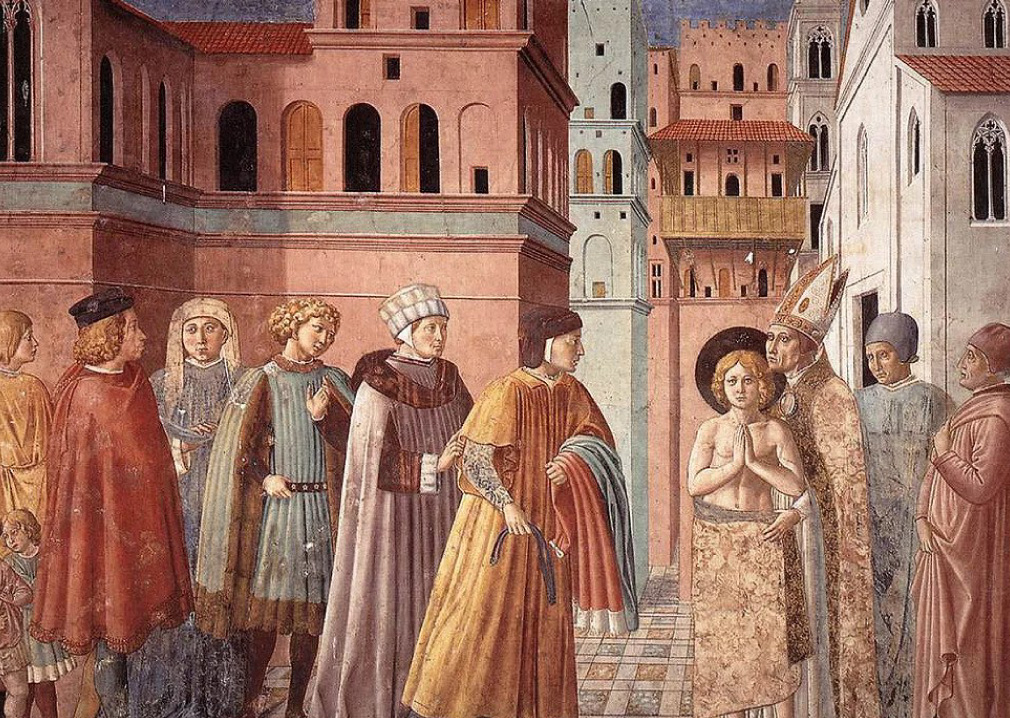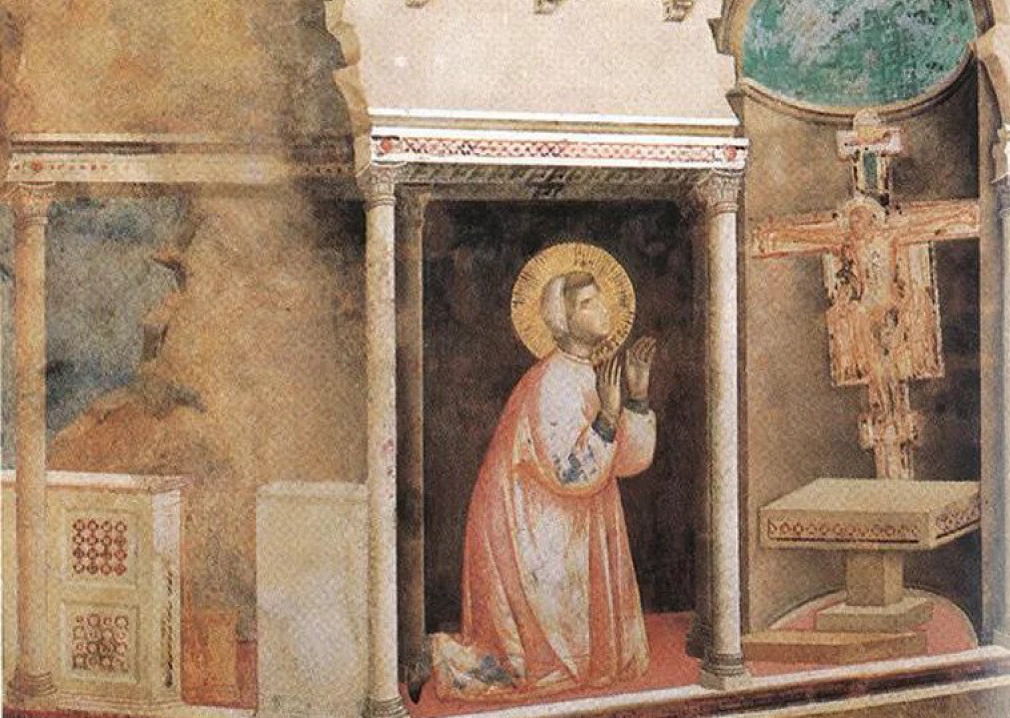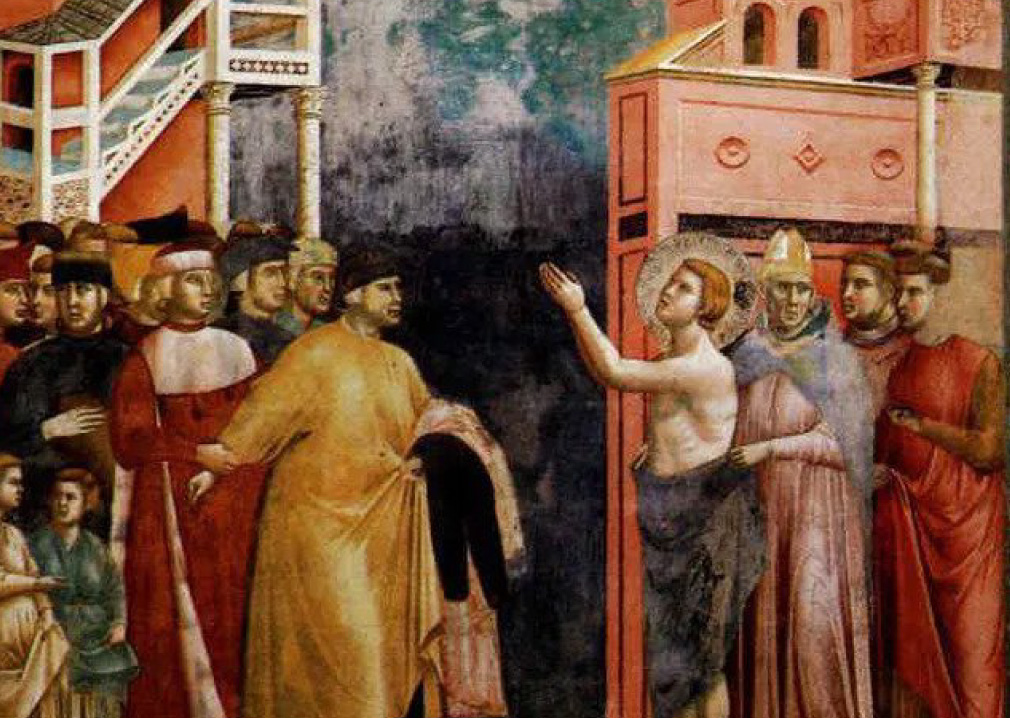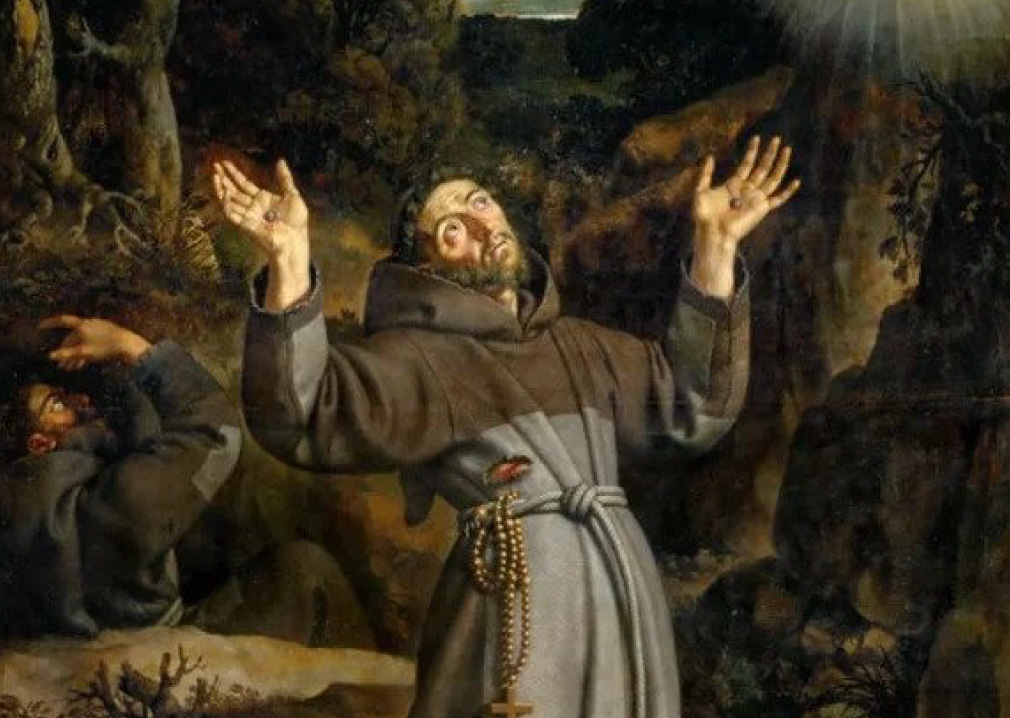Our Patron Saint
St. Francis of Assisi
Saint Francis was born in Assisi, Italy, in 1182. As the son of a wealthy cloth merchant, he was a young man who delighted in fine clothes and lavish spending. He later abandoned the wealth his father had endowed upon him and followed God with the greatest conviction. 。
St. Francis once remarked that poverty was his “fair bride”. He lived his life according to the Gospels, proclaiming God’s love. In 1209, based on the verses in the Bible, he composed the Regula primitiva , which was the simple rule of following the teachings of Jesus Christ and walking in his footsteps. Later, with the approval of the Pope, he established the Franciscan Order.
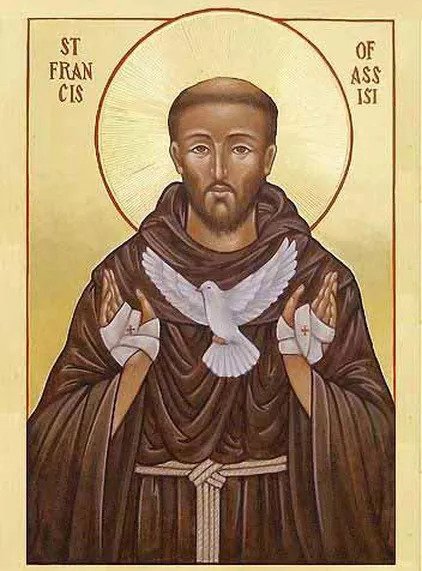
The Wealthy Prince Assisi
Saint Francis was born to a wealthy family in Assisi, Italy, in 1182 and died at the age of 44 in 1226.
He aspired to becoming a knight when he was young. In a military expedition, he was taken as a prisoner, spending a year as a captive.
When released, he was bedridden, and the Gospels started to take root in him.
Calling at San Damiano
At the ruined chapel of San Damiano, St. Francis heard the crucifix command him, “Go, Francis, and repair my house which, as you see, is well-nigh in ruins.”
St. Francis hurried home, gathered some fine cloth from his father’s shop, and rode off to the nearby town of Foligno, where he sold both cloth and horse. He then tried to give the money to the priest at San Damiano, whose refusal prompted Francis to throw the money out the window. Conflict between St. Francis and his father began.
Before the bishop of Assisi, St. Francis tore off his garments and restored them to his father. The astonished bishop gave him a rough cloak, and Francis went off and started repairing the church of San Damiano. He refurbished a chapel dedicated to St. Peter the Apostle, and then restored the now-famous little chapel of St. Mary of the Angels (Santa Maria Degli Angeli), the Porziuncola, on the plain below Assisi.
St. Francis’ Response
In 1206, before the Bishop of Assisi, St. Francis renounced worldly goods and family ties to embrace a life of poverty. He returned to Assisi, put on a rough tunic, and began repairing the ruined chapel of San Damian.
He refurbished a chapel dedicated to St. Peter the Apostle, and then restored the now-famous little chapel of St. Mary of the Angels (Santa Maria Degli Angeli), the Porziuncola, on the plain below Assisi.
The Stigmata of the Crucified
In 1224, while praying at Mount La Verna, he had a vision and received the stigmata of the crucified, marks resembling the wounds on the crucified body of Jesus Christ. For the remainder of his life, he took the greatest care to hide the stigmata. However, the more he tried to hide the marks, the more curiosity it aroused.
